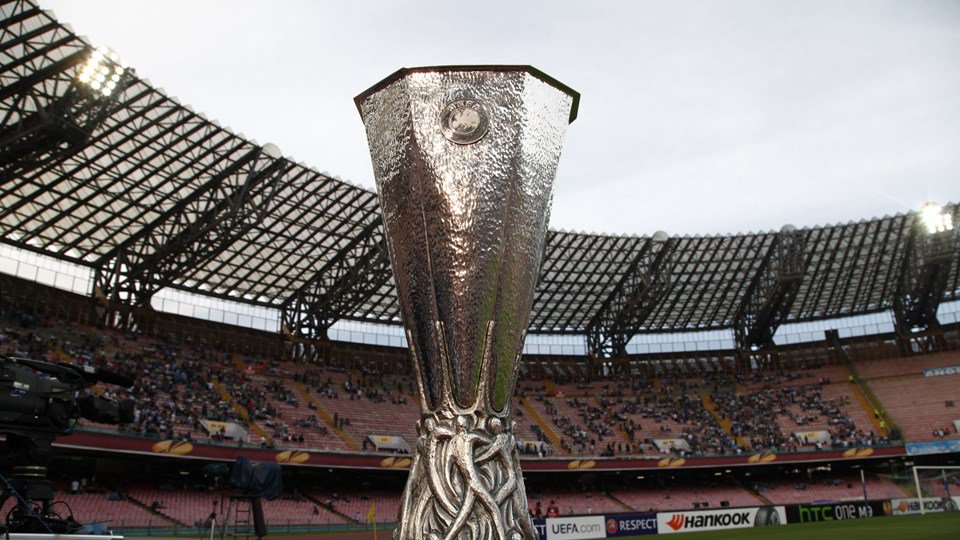Interesting article in the Guardian Newspaper about how Spanish soccer faces the real prospect of financial collapse.
Jose Maria Gay, a professor at the University of Barcelona, spent the second half of last year analyzing the 2006/07 accounts of the 20 clubs in the top flight and concluded that only five Primera Liga teams, including Real Madrid and Barcelona, were able to end the accounting year with a surplus, where operating income exceeded expenditure. The rest survived partly by tapping into one-off income sources such as selling off real estate, Gay’s analysis showed.
“The insolvency of Spanish soccer is looming on the horizon,” he told Reuters. “I believe several clubs will have no other choice but to seek protection from their creditors. Their income will diminish, cash from television deals will not be pouring in in the same volume it has up to now. Costs will eat up income and debts will spiral.”
Spanish soccer officials have acknowledged the gravity of the situation. Javier Tebas, a vice president of the Spanish football league (LFP), said in November he was “very worried” about club finances, especially second tier sides.
“The ones most at risk from the crisis are the small and mid-sized clubs,” he told Reuters. “I don’t see the big clubs being affected so much as there are always important companies that want to use them to drive their advertising campaigns.”
Gay’s calculations showed that the combined debt of the 20 clubs in Spain’s top league in 2006/07 was 2.78 billion euros ($3.6 billion). About 40 percent of those debts were short term loans and many clubs were not earning enough in the season to cover them.
Too many clubs had been relying on extraordinary income from the sale of players or real estate to keep their heads above water, Gay added. In the 2006/07 accounts, that income was worth 145 million euros to the 20 clubs, almost enough to wipe out the total shortfall of 155 million euros and leaving a combined pre-tax loss of 10 million. But with the economy contracting, Gay said it would be ever harder for clubs to tap into one-off revenue sources.
“The player transfer bubble is deflating and the real estate market is in free fall,” Gay said. “The glorious era of massive windfalls and squandering cash is coming to an end. The panacea seems to have dried up.”
Asked what action was needed to address the situation, Gay said the economic model most clubs used, introduced by the government in the 1990s, needed to be completely overhauled. The majority of professional clubs are so-called sociedades anonimas deportivas (SADs), or sporting limited companies.
A few, like Real Madrid, Barcelona and Athletic Bilbao, are still run as sports clubs, with thousands of members (socios) as owners rather than a small group of shareholders.
“Time has shown that the attempted solution of the SADS was not the remedy for Spanish football and the model is totally unworkable,” Gay said. The traditional sports club model, where the board of directors has liability, would seem to be the only solution to the financial woes of Spanish soccer”.
Spanish teams are not the only ones facing a financial crisis. See our article yesterday on Newcastle United’s financial situation.



Pingback: David Wilson